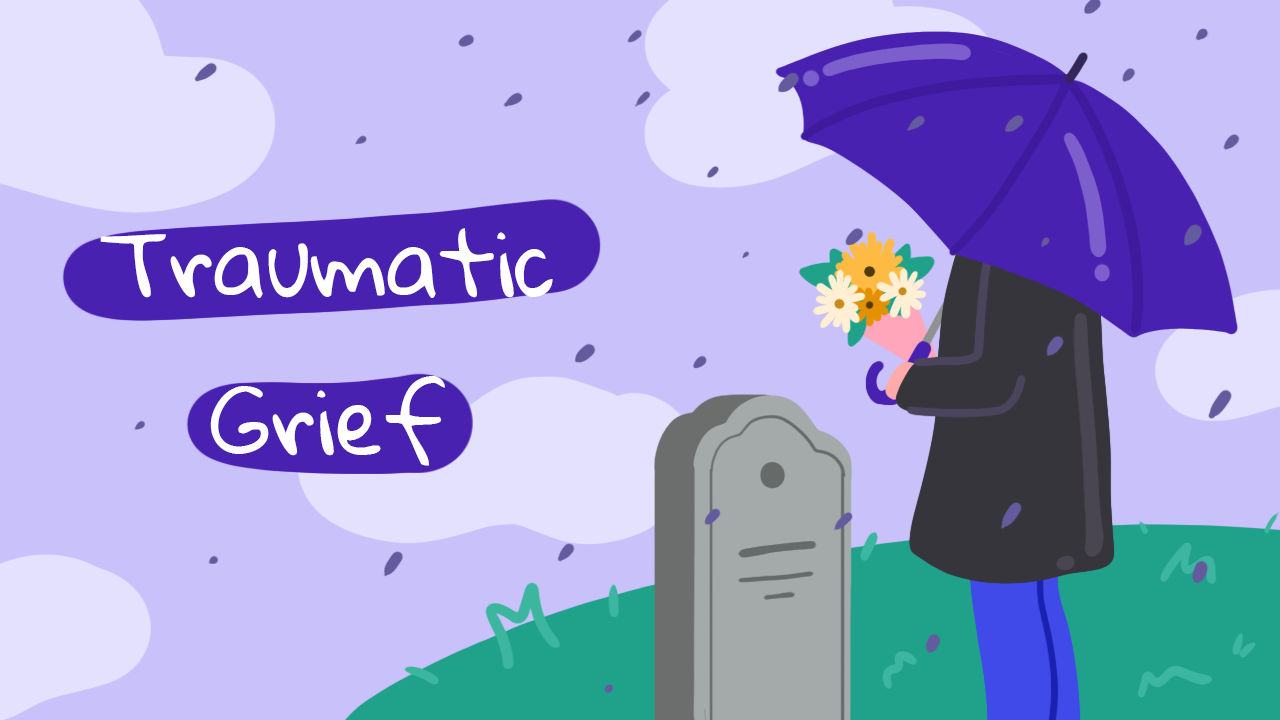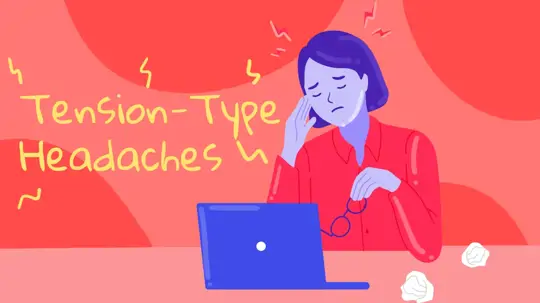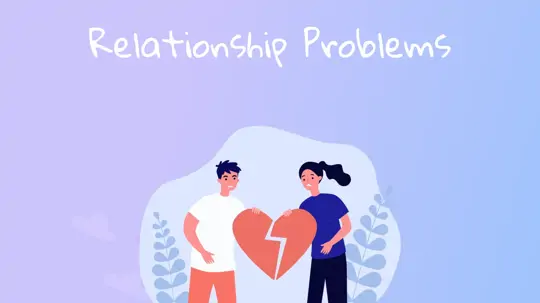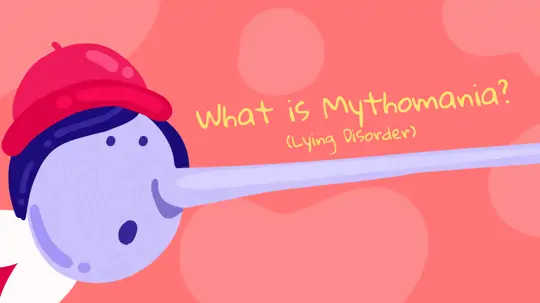
Start feeling better today!
Connect with your therapist today and take control of your life like our 850.000 happy clients.
Get StartedTraumatic Grief
Humans seek to avoid death at all costs. They never consider – or try not to consider – the possibility of death for themselves or their loved ones. It is true that forgetting about death is helpful, because living with this in mind is unsustainable in the first place. There is, however, a fine line between forgetting about death and denying its existence.
Forgetting about death keeps us alive, whereas denying or completely ignoring it makes it difficult to comprehend the meaning of life. In existential psychology, an individual's relationship with death is always viewed as a difficult balance of opposites. They claim that someone who is dying needs laughter the most. They express a desire to live in a place where death is frequently mentioned.
When it comes to death, denial often plays a role for those of us who believe we'll never grow old or be healthy, and who are constantly working for a better salary and struggling to get more Instagram likes. Mourning is the most common practice when death enters our lives, no matter how much it is denied.
The intense and protracted pain felt following the loss of a loved one is known as mourning, and it produces certain symptoms. First comes a sense of shock and surprise. After that, emotional signs like sadness and anger are displayed. Physical symptoms such as sleep disorders, overeating, undereating, and breathing difficulties may also appear, as well as mental symptoms such as decreased adaptation and refusal to accept.
What is the Difference Between Grief and Traumatic Grief?
Mourning is a normal and healthy reaction to loss, and it usually lasts between 6 months and a year, depending on the dynamics of the loss, such as the closeness of the person and whether the death was sudden or not. According to Kübler-Ross, there are five stages of grief:1
- Denial and Shock Stage
- Anger Stage
- Negotiation Stage
- Depression Stage
- Acceptance Stage
At these points, grief and traumatic grief differ. Traumatic grief is defined as the loss of a loved one in an unexpected and sudden manner. It can also be defined as a person's traumatic perception and interpretation of the grieving process that is motivated by psychological or social factors. Many symptoms and signs of traumatic grief are similar to those seen in post-traumatic stress disorder.
Transformation of Normal Grief into Traumatic Grief
Childhood experiences and the impact of these experiences on the individual's mental state, as in all cases, are among the factors of traumatic grief.
Furthermore, dependency, reciprocity, and a sense of responsibility in the person's relationship with the person who died are among the factors that trigger traumatic grief. It is possible that the loss is the result of a sudden, unexpected, and brutal death, or that it is perceived to be so.

In 1999, a comprehensive symptomatic study of traumatic grief was conducted, and two diagnostic criteria verticals emerged2:
Criteria A
Criteria A includes the death of a relative as well as symptoms of separation anxiety. A sudden, unexpected, and brutal death of the person's relative occurs. To make a diagnosis, death does not have to be objectively traumatic. The level of intimacy varies, but it is sufficient if the person is close, trusted, identified with, and has been separated traumatically.
The individual is dealing with the loss of a loved one. These irritating and repetitive symptoms are always followed by disappointment in the form of searching, yearning, and longing from time to time. Separation anxiety in traumatic grief is repetitive and disturbing, impairing functionality.
Criteria B
Criteria B are legal indicators of death trauma. There are 11 basic symptoms of traumatic grief. They should be distinct and continuous. The following are the 11 symptoms:
- Not being able to make sense of the future
- Being emotionally unresponsive
- Feeling disconnected
- Feeling dull
- Feeling schocked
- Feeling petrified
- Difficulty accepting death
- Feeling as if life is meaningless and empty
- Failing to recognize that life could be meaningful without the deceased
- Feeling as if a part of the person is gone
- Feeling as if the world is falling apart
- Feeling insecure
- Untrue thoughts about having harmed the deceased
- Extreme anger, pain, and uneasiness about death
At least four of these symptoms must be present for a diagnosis to be made. Finally, all of these symptoms should last at least two months and cause dysfunction in the individual's social, occupational, and other areas of life.
Traumatic Grief and Its Treatment Process
The treatment of traumatic grief is chosen in accordance with the needs of the person, after evaluating the clinical problems they might have. This evaluation determines which therapy approach will be helpful or the dosage of the drug therapy3.
There are various perspectives in the literature on how to begin treatment for grief and traumatic grief. Grief, according to those who believe it is a natural process, does not require routine treatment. However, because the person experiencing traumatic grief will initially experience severe mental problems, it is argued that they should be followed up on4.
Mourning has an impact not only on the individual but also on the entire family system, especially when people are affected by traumatic grief. Even if only one person seeks treatment, other family members should receive the necessary guidance and counseling.
Suggestions for Making the Grief Process Healthy

- Spend time with people you know and feel good around.
- Think about how you feel and talk to someone about what you're going through.
- Pay attention not only to your mental health, but also to important signs of your physical health, like how much you eat and how much sleep you get.
- Watch out for addictions to drugs and alcohol.
- Do not hesitate to seek out counseling.
Finally, we recommend that you complete your grieving process before making major life changes, as innovations such as moving, starting a romantic relationship, or having a new child can delay and prevent acceptance of an individual's loss.
Sources
- Kübler-Ross, E., & Kessler, D. (2005). On grief and grieving: Finding the meaning of grief through the five stages of loss. Simon and Schuster.
- Jacobs, S. C. (1999). Traumatic Grief: Diagnosis, Treatment. prevention. Philadelphia, PA, Bruner-Mazel.
- Sezgin, U., Yüksel, S., Topçu, Z., & Dişcigil, A. G. (2004). When is traumatic grief diagnosed? When does treatment begin? Journal of Clinical Psychiatry, 7(3), 167-175.
- Prigerson, H. G., Maciejewski, P. K., Reynolds III, C. F., Bierhals, A. J., Newsom, J. T., Fasiczka, A. & Miller, M. (1995). Inventory of Complicated Grief: a scale to measure maladaptive symptoms of loss. Psychiatry research, 59(1-2), 65-79.
- Harvard Mental Health Letter (HMHL) (2011). Coping with complicated grief. Harvard Mental





